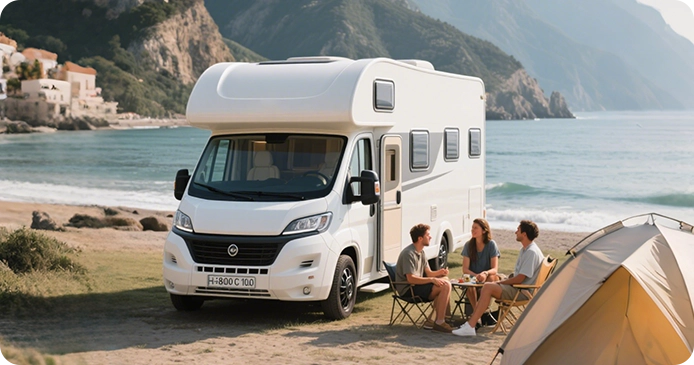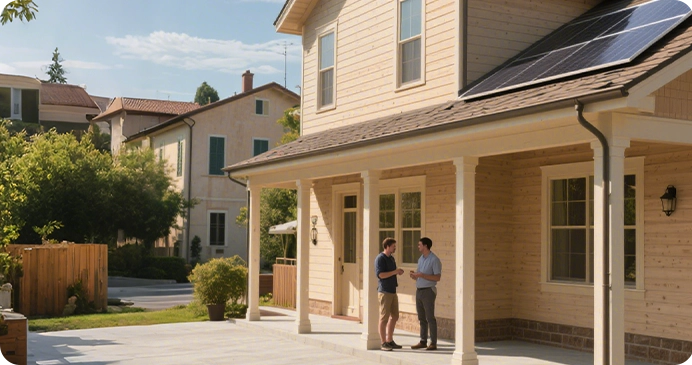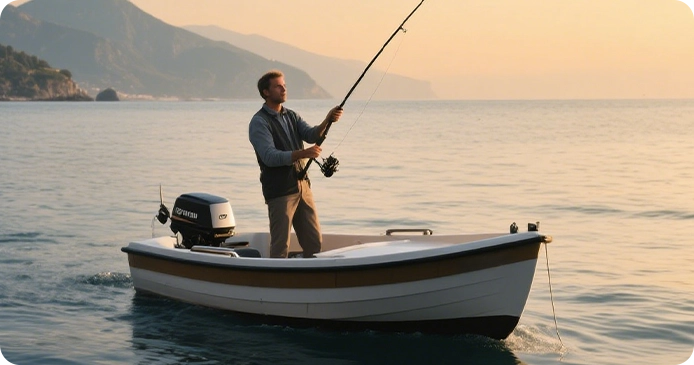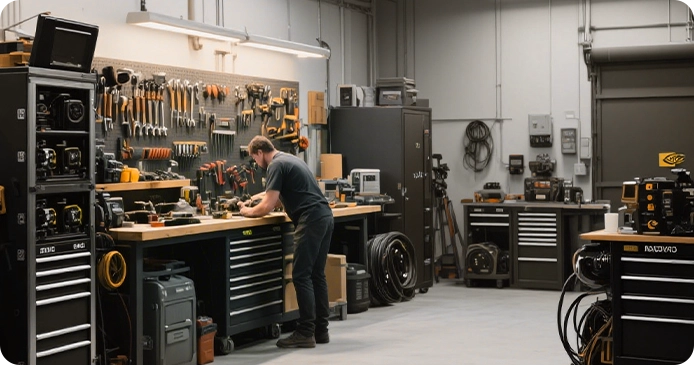The Benefits of Solar Energy Battery Storage
Did you know that there are 3,060,407 solar systems currently installed in the U.S.? It has been said that the buildings of the future will be powered by solar energy. This is already starting to become a reality, as businesses and homeowners are installing solar panels on their roofs every day with the expectation to see utility cost savings.
However, many people are still hesitant to make the switch to solar energy because they are unsure of how it works. This means that there are property managers, business owners, and homeowners that will be missing out on the cost savings and other benefits. In the third quarter of 2021 alone, the U.S. solar industry installed 5.4 gigawatts of capacity.
This means that there was a 33% increase year over year. We’re going to discuss the benefits of adding a battery system to your solar panel installation so you don’t miss out on the benefits. We will also show how you can save money on your utility bills, attract better tenants, and reduce your carbon footprint.
So read on to learn more about how solar plus a battery system can benefit your building.
What Are The Benefits Of A Solar System?
There are many benefits of adding a solar plus battery system to your building. One of the main benefits is utility cost savings. Solar energy is free once you have installed the initial investment of solar panels and batteries. Solar is offering the opportunity to use the energy of the sun at its best.
This means that you will no longer have to pay for electricity. Additionally, building owners can often take advantage of tax credits and rebates to help offset the cost of installation.
Another benefit is that solar energy systems are a great way to reduce your carbon footprint. By using renewable energy sources like solar panels and wind turbines, we can help reduce our dependence on fossil fuels. By using solar energy, you are reducing the number of greenhouse gases that are released into the atmosphere.
Solar panels also help increase the value of your property. A recent study found that homes with solar panels sell 20% faster and for 17% more money than homes without them. And finally, adding a battery system to your solar installation will make your building more reliable during power outages.
It’s able to do this when solar batteries have backup functionality, as this allows for the solar energy to get used even when there has been a power outage. You might also like to know that solar panels are a great investment for additional protection during inclement weather or other similar situations.
Take a hurricane, for example, most solar panels can withstand 140 mph winds. That means solar panels are generally strong enough to last through a category 4 hurricane.
More on the Benefits and Utility Cost Savings
You can expect a great return on your investments and even take advantage of tax credits along with bonus depreciation. This is because commercial installations will benefit from the Solar Investment Tax Credit. This tax credit gives consumers a 26% federal tax credit.
Solar panel systems are also more affordable than most people think. Installation costs have decreased by at least 70% over the last 10 years, making an installation project for building managers more attainable than ever.
We’ve already touched on cost savings but so you get a complete understanding of it, we’ll tell you what you can expect to save.
Remember, after the initial installation of your panels, you’ll save significant amounts on your energy bills.
For commercial energy storage and panels, you can deduct up to 85% of the solar panel cost when tax time comes around. Overall, you can expect to save up to 25% on your typical electric bill.
Have You Thought About the Benefits of a Green Lease?
Yes, you can offer your tenants a green lease agreement. A green lease is a type of lease agreement that encourages sustainable practices. This can include things like using energy-efficient appliances, installing solar panels, and adding a battery system.
Offering a green lease is a great way to attract and retain tenants. Tenants are increasingly interested in sustainable practices and are willing to pay more for buildings that offer them. In fact, one study found that 61% of tenants would be willing to pay more for an eco-friendly apartment.
Overall, with a green lease, tenants and building owners can:
Save on finances
Conserve resources
Ensure operation efficiency
Promote a healthy use of energy
So if you’re looking for ways to make your building more attractive to tenants, consider offering a green lease agreement.
An Increase In Reliability
Solar energy has been growing in popularity for several reasons, but one of the main reasons is that it’s a reliable source of energy. Unlike other renewable energy sources like wind and hydro, solar is not as intermittent. This means that you can count on it to generate electricity whenever you need it.
It works this way because it can use the energy that was stored while the sun was shining for use when it isn’t. Solar power is generally intermittent, however, because the sun doesn’t shine endlessly in one specific location.
Since energy can be stored for consistent use, this reliability is especially important for businesses and industrial properties. Many of these types of properties rely on a steady stream of electricity to keep running, and solar can provide that reliable source of power.
In fact, many businesses are turning to solar to reduce instances of unreliability. The grid has been struggling to keep up with the increasing demand, which has led to frequent outages. By going solar, businesses can avoid these outages and ensure that they have a continuous supply of electricity.
The Goals of Commercial Buildings Using Solar
There are multiple goals that commercial buildings often have when converting to solar energy. These buildings can save significant amounts of money and streamline building operations with solar powering air conditioning, heating, and lighting. Additionally, many businesses want to shift away from on-grid electricity options.
The three main uses of solar panels are:
Passive solar usage for heating and cooling
Solar water heating
Solar photovoltaics for electricity production
The main goals that commercial buildings have are utility cost savings, solar energy battery storage, and reduced intermittency overall.
These three factors often lead to a commercial building becoming more sustainable from solar energy. A solar battery system can help a business reach these goals in an affordable way.
Additionally, the U.S. Department of Energy is attempting to accelerate developments and deployments of solar technology. This is to support a transition to a complete decarbonized electric system by at least 2035.
Custom Energy Storage
Energy storage options can have multiple benefits and can offer power through different avenues. This means that there are different energy storage options that commercial properties can use. A storage solution with a Lithium-Ion Phosphate battery system is one of these options.
Overall, a storage system gives off a supply of energy anytime the sun isn’t shining. This is a great way of storing solar energy that you may need, and have it distributed when you actually do need it.
Storage systems usually fall into three main categories. Although the design of solar storage systems can be unique to what a business needs, the categories are pretty basic. A storage system will usually operate as a:
Complete off-grid system
Peak demand reduction
Emergency backup
Additionally, energy storage will usually fall within one of three categories: battery, mechanical, or thermal.
There are also three main types of solar energy system types that you can expect to see. They will be on-grid, completely off-grid, or a hybrid version.
The main goal of the storage system is to reduce demand and energy costs but they all do so in different ways.
Additionally, for commercial energy storage, you will often have net metering. This means that you can send any excess energy back to the grid for credit on your electric bill.
This is a great benefit if you are only adding a solar system to power certain things and not the operations of an entire building and still want a way to offset additional costs.


























































































